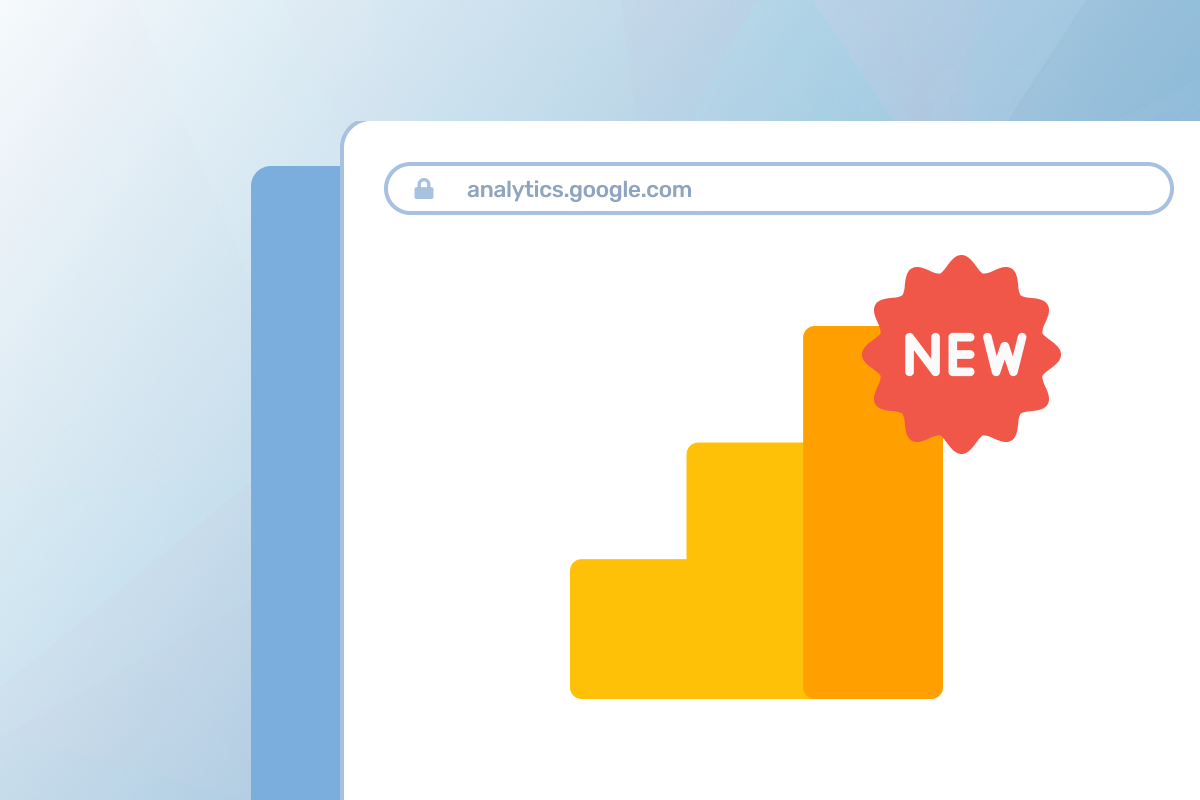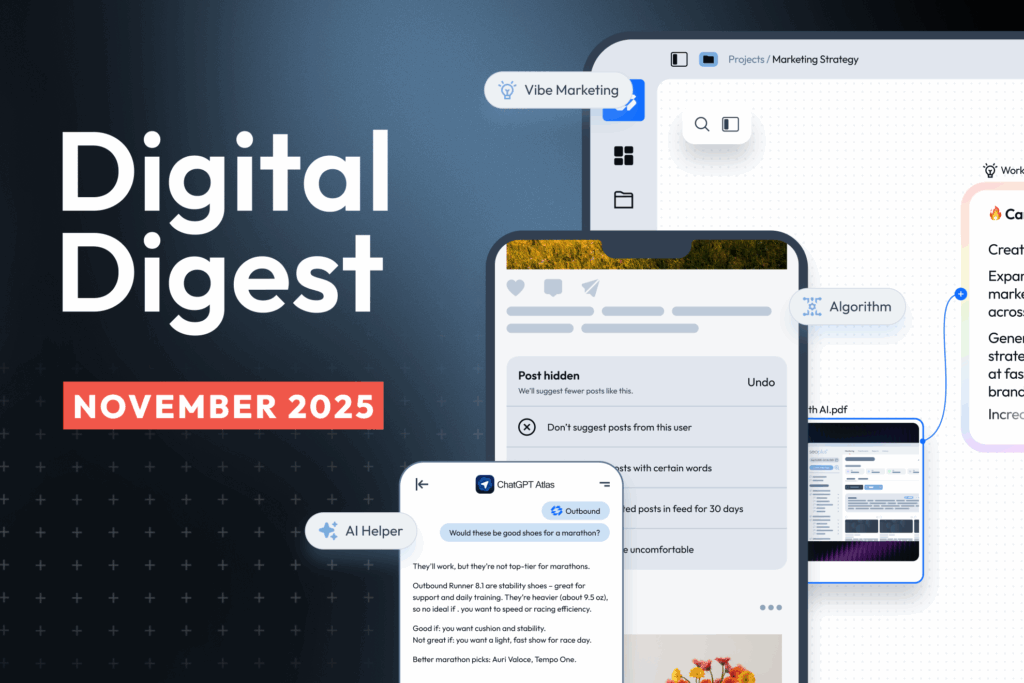On March 16, Google announced that Universal Analytics (UA) will be retired as of July 1, 2023 in favour of Google Analytics 4 (GA4). First released in October 2020, GA4 looks, feels, and even collects data differently than its predecessor UA.
You might have some questions about this development and what it means for your website and business. Let’s explore some of the common questions we’ve seen so far.
Why is the Google Analytics update this happening?
GA4 has been live for over a year, but adoption has been slow. “There is a barrier to any change,” says VP of Operations Amanda Stephens. “Business owners and data analysts alike have enough on their plates without having to take on the project of migrating to a new platform.”
Many UA accounts have been carefully and methodically customized over the past decade or longer, with segmented views and robust filters – who wants to recreate that from scratch in a new platform you don’t know how to use?
The retirement of UA is partially a kick in the pants to get website owners to take action.
However, there are other pressures fuelling the deadline. Our Director of Search Michel Fortin explores three major developments – mobile usage, privacy laws, and machine learning – in his latest article “3 Major Web Shifts That Prompted the Google Analytics 4 Model.”
When is the Universal Analytics end this happening?
UA will stop processing data as of July 1, 2023. Analytics 360 accounts will have an extension to October 1, 2023 to make the switch.
“Not only will this mean that UA will stop gathering data on July 1st, 2023, but also Google will keep UA’s historical data for period of six months only. After December 31, 2023, they will delete it,” confirms Michel Fortin.
What is different about UA vs. GA4?
Interface
The reporting interface has received a face-lift in GA4. While this also presents some navigational problems to find or recreate popular reports like Behavior > Site Content > All Pages, it is a much-needed makeover visually.
Measurement Model
UA is based around sessions, pageviews, and hits.
GA4, in contrast, is event-centric – in this model, everything from a pageview to a form fill to a purchase is an event.
Views & Reports
The best practice in UA was to create views, including a raw view with no filters and then different views for your analytic needs (for example, US vs. Canada).
GA4 has no views.
Event Tracking
Gone are the days of Category, Action, Label events. Instead, events are automatically captured; custom events can be created from scratch via code or Google Tag Manager (GTM).
Read more about the differences here.
How do I setup a GA4 account?
You can add a Google Analytics 4 property to your existing setup via the GA4 Setup Assistant Wizard.
We recommend you setup an account as soon as possible to begin data collection. Continue with the configuration (including custom event setup) over the coming months, and begin to get comfortable with its reporting capabilities as data comes in.
What happens to my historic data from Universal Analytics?
Your historic UA data will be lost by Jan 1, 2024 if not exported.
Individual reports can be exported to CSV, Excel, Google Sheets, PDF etc.
You can also use the Google Analytics Reporting API to export data.
Finally, 360 customers can export to BigQuery. “Enterprise-level platforms such as Google 360 and Google BigQuery allow a greater deal of flexibility and support, which we recommend for our enterprise clients, as they have the capacity to handle large quantities of data migrations and storage,” writes Michel Fortin.
“There are potentially some third-party data retention solutions on the horizon,” says Amanda Stephens. “Every vendor will want to smooth the transition process as much as they can.”
Conclusion
There are big changes afoot, and it has the digital marketing world in an anxious state. Change is scary, but there are things to be excited about with this switch as well. Reach out to our team today to discuss your options and a migration plan so you are in a good position when the official switch happens next year.






